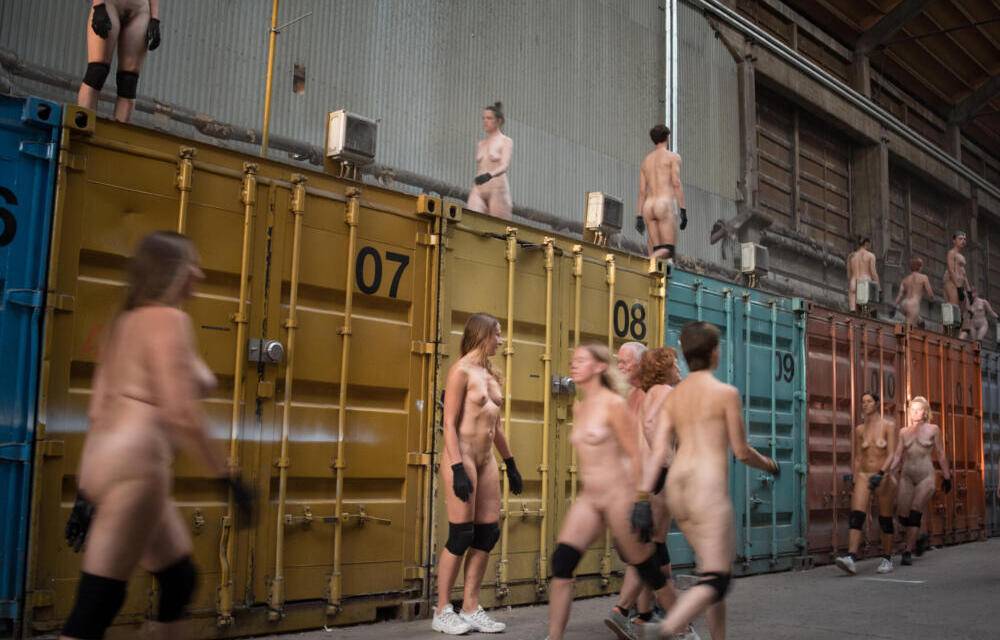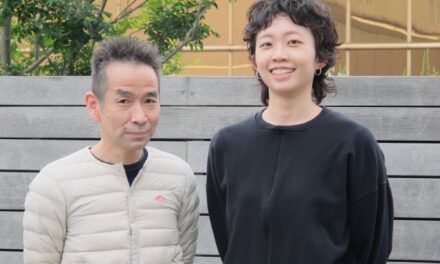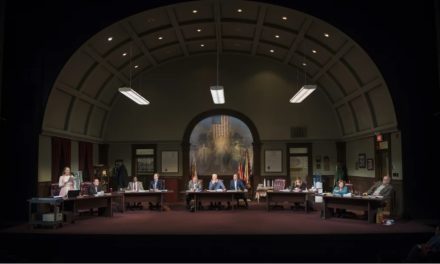In Ways of Seeing (1972), John Berger stated that “the way we see things is affected by what we know or what we believe.” In other words, our perception is influenced by beliefs and convictions often instilled from external sources, without their truthfulness and reliability being unquestionable.
Not by chance, the viewer’s gaze is the main focus of performance art, which for over 60 years has continued to challenge it, attempting to bend, tear, and crumple it just as one would do with a piece of paper. Doris Uhlich, an Austrian choreographer, and performer, knows this all too well. Since 2006, she has employed naked bodies or bodies with physical disabilities as a counterpoint to common thinking, social beliefs, and mental patterns in her choreographies. Uhlich’s aesthetic explorations find their roots in a direction that began in the 1960s, alongside artists such as Carolee Schneeman, The Living Theatre, The Performance Groupe, the Viennese Actionism, Butoh (the Japanese dance-theatre), Hannah Wilke, and Fernando Arrabal, to name a few. Though each of them pursued unique and personal endeavors, they all shared the use of the naked body as a symbol of primordial human innocence—a state of being that transcends all differences between individuals in a democratic manner devoid of any erotic connotations.
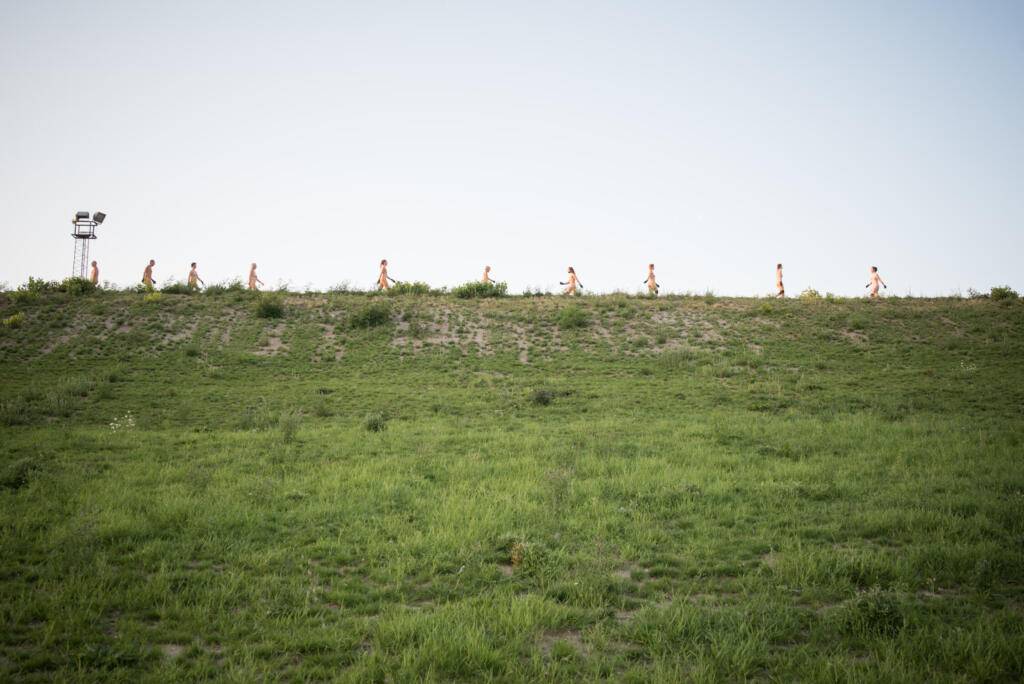
Habitat by Doris Uhlich, photo Thomas Gunnar Bagge
However, even though nudity used as an aesthetic material alludes to the liberation of the body from oppressive cultural communication codes, it is not exempt from misinterpretations, conflicting reactions, and the potential to cause discomfort among observers. I had this confirmed as a spectator during a recent performance by Uhlich at Metropolis, an international festival of site-specific art and performance held in unconventional locations in Copenhagen. Despite believing I was immune to embarrassment, I cannot deny feeling unease while witnessing 40 naked bodies moving naturally in space. The performance in question is Habitat, a project on which the artist has been working since 2017 and has been realized in various countries, including France, Austria, and Germany, involving both professional and non-professional local performers/dancers in creating choreographies of movements. The context of this latest version is Refshaleøen, a former industrial site located in the harbor of the Danish capital, which was initially a separate island but is now connected to the larger island of Amager.
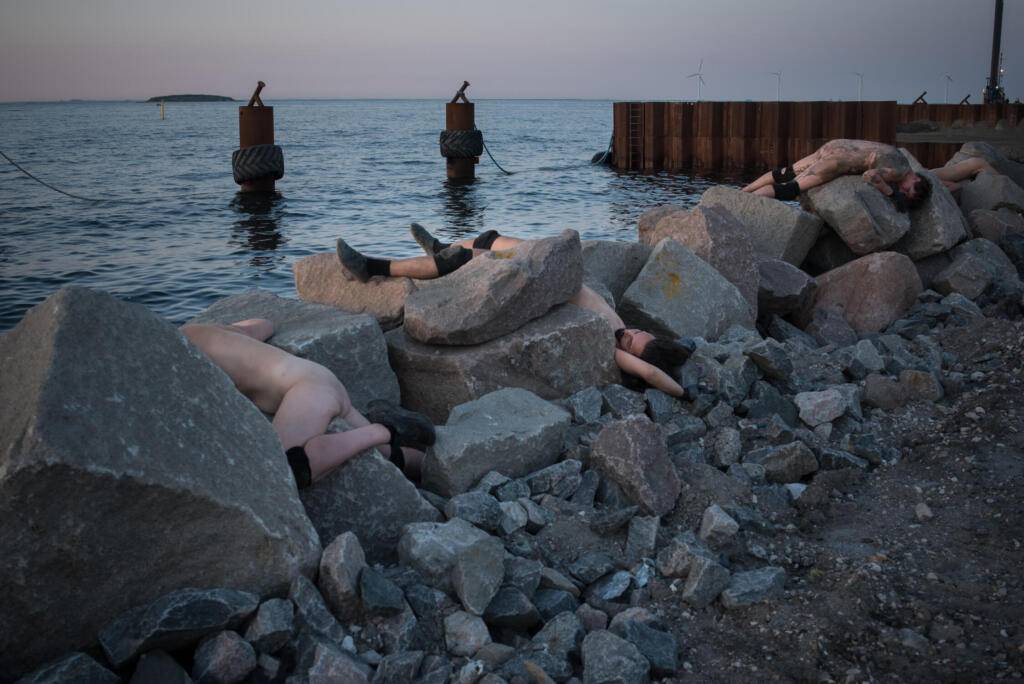
Habitat by Doris Uhlich, photo Thomas Gunnar Bagge
The initial segment of this itinerant collective performance unfolds within container storage. We are the last group to arrive, and the rest of the audience is already there, numerous, with the 40 participants lying on the ground, one atop another. I’m not the only one experiencing a blend of embarrassment and unease. The atmosphere feels rather tense. Something is about to happen. Some performers start to move and navigate through the space, while others approach the audience without establishing direct contact. Their movements are not conventional dance steps but essential gestures that stimulate the body, leaving it vibrating. A simple gesture, yet remarkably effective in imposing the body’s corporeality on the observer’s gaze. The slow tempo intensifies, and, like in a modern ritual, the rhythm becomes more urgent: some of them leap onto the containers, pounding on them and creating a cloud of dust that makes the sharp and thunderous noise visible. At the performance’s climax, the 40 participants exit, and we follow them like in a religious procession.

Habitat by Doris Uhlich, photo Thomas Gunnar Bagge
In another segment, an abandoned and rusty fishing boat, those bodies reveal themselves as carriers of diverse identities, each evoking a particular empathy. These nude bodies belong to 40 individuals of different ages and genders: some young, others much older. It was probably not difficult for some to take part while participating in this performance might have been a rite of exorcism for others. The scars of a mastectomy on a woman’s body lead me to deduce this. It is inevitable to linger on their figures, trying to reconstruct their stories and personalities because, in the end, their presence is also a source of curiosity. Everyone likely wonders where they found the courage to make themselves vulnerable before our eyes.
Gradually, the 40 individuals become a unified body. It’s not the rhythmic synchronization of movements that unites them, but the act of swaying together, holding hands, giving the impression of floating and vibrating as if they were one large organism. This impression is amplified by the techno tracks of Boris Kopeinig, which accompany and extend the energy of this singular movement. Personally, it was one of the most captivating moments of this performance.
Habitat is a complex performance in its execution. Uhlich had to deal with precarious structures – being in a former industrial area – with vast spaces and the need to coordinate the movements of both performers and the audience from one point to another. A drawback of the performance was the time to move between the various locations, which sometimes was a distraction, diminishing the intensity and energy attained in the five parts. On the other hand, these vast spaces have also revealed the strength of this Danish production. Uhlich didn’t merely choreograph the movements of the 40 performers but succeeded in integrating them into the space, blending the environment with the group of 40 naked bodies, now transformed into a unified, sprawling organism, blurring the boundary between them.
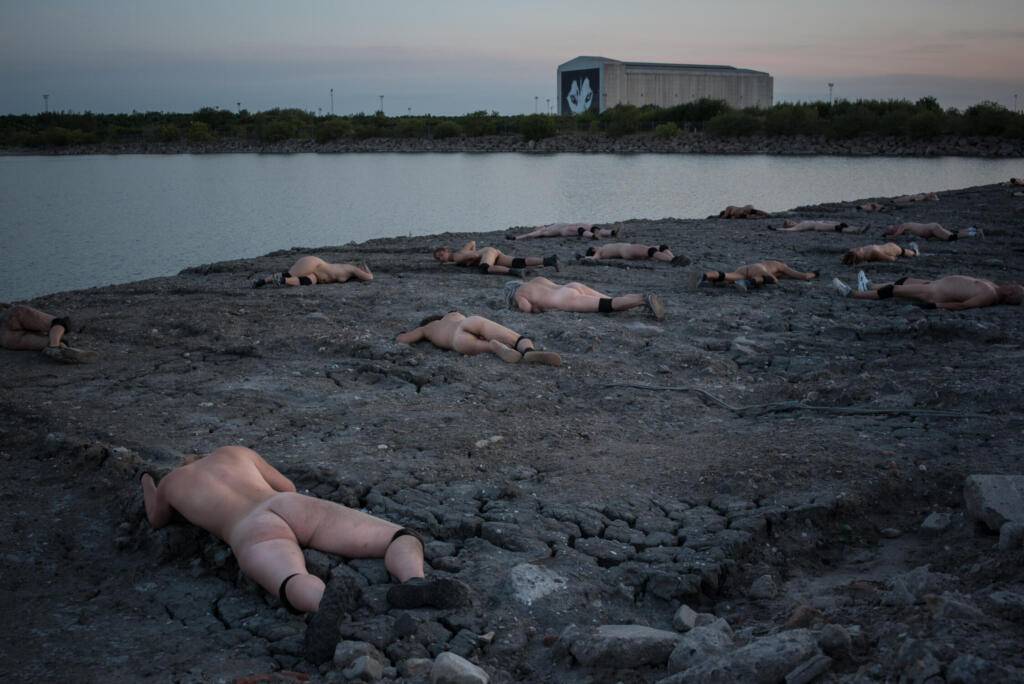
Habitat by Doris Uhlich, photo Thomas Gunnar Bagge
Indeed, this intermediate space and connection between the human and non-human exude poetry. At that moment, the gaze expands, overlooking the specifics of those naked individuals and the windswept landscape of Lynetteholmen, the farthest tongue of land in Copenhagen that hosted the final stage of Habitat. Uhlich demonstrated her choreographic prowess, crafting a performance that radiated beauty, skillfully orchestrating the elements at her disposal. The naked body, liberated from societal constraints, shed its erotic connotations and returned to its human essence. As a result, it reclaimed its place as a natural entity within an interconnected ecosystem of relationships and dialogue.
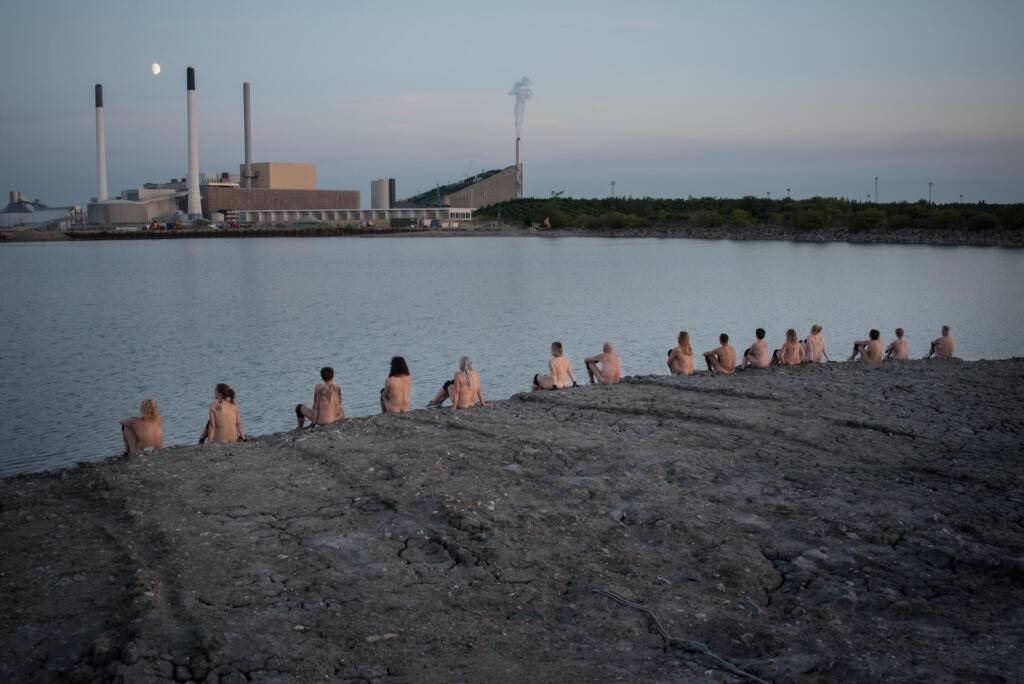
Habitat by Doris Uhlich, photo Thomas Gunnar Bagge
Habitat is a political performance, but not in the conventional sense. It does not align with any partisan ideology; instead, it operates on the gaze, hinting at the potential emancipation from the common thinking imposed by established social norms. It invites us to seek novel expressions of beauty and humanity because, in Berger’s words, “we never look at just one thing: we are always looking at the relation between things and ourselves.”
This post was written by the author in their personal capacity.The opinions expressed in this article are the author’s own and do not reflect the view of The Theatre Times, their staff or collaborators.
This post was written by MARILENA BORRIELLO.
The views expressed here belong to the author and do not necessarily reflect our views and opinions.

